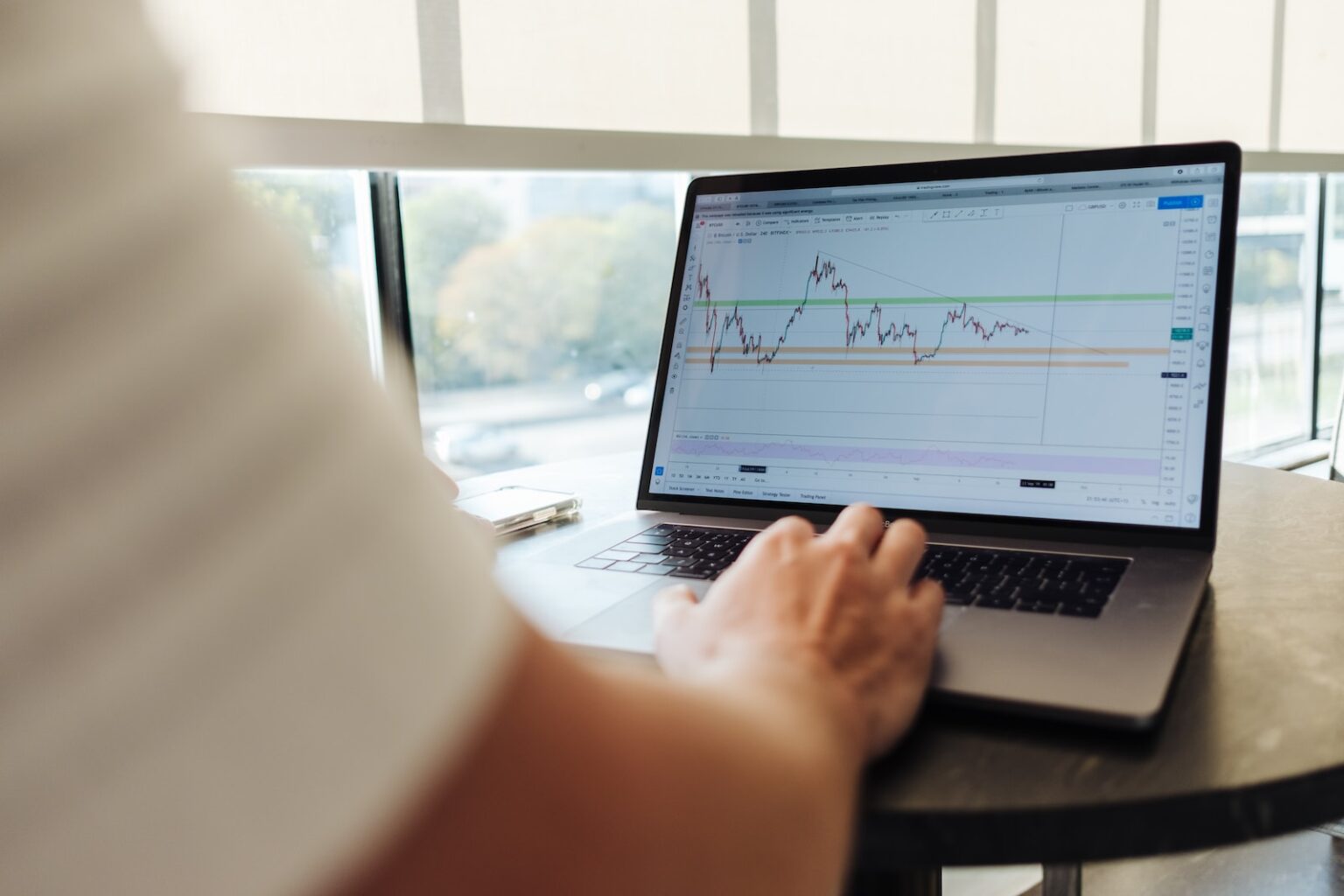Many car owners find themselves in a situation where they want to upgrade their vehicle before paying off their existing loan. Trading in a car with a loan can be a viable option for those looking to make a change. However, it’s essential to understand how this process works to make informed decisions and avoid potential pitfalls. In this article, we will explore the ins and outs of trading in a car with a loan, providing valuable insights to guide you through the process.
Understanding the Basics of Car Loans
Before delving into the specifics of trading in a car with a loan, let’s first establish a foundation by understanding the basics of car loans. When you finance a car, you typically take out a loan from a lender to cover the purchase cost. The loan is repaid over a set period, usually with monthly installments, including both principal and interest.
Assessing the Loan Balance
To trade in a car with a loan, the first step is to determine the outstanding balance on your existing loan. Contact your lender to obtain the current payoff amount, which represents the remaining balance that needs to be cleared to satisfy the loan completely.
Evaluating the Trade-In Value
Next, you’ll need to assess the trade-in value of your car. The trade-in value is the amount that a dealership is willing to offer for your vehicle as a credit towards the purchase of a new one. Several factors influence this value, such as the car’s age, condition, mileage, and demand in the market. Research the trade-in value using resources like online car valuation tools or consulting multiple dealerships for estimates.
Equity and Negative Equity
Equity refers to the difference between the trade-in value of your car and the outstanding loan balance. Positive equity occurs when the trade-in value exceeds the loan balance, providing you with additional funds to put towards a new car or use as a down payment. Negative equity, on the other hand, arises when the loan balance exceeds the trade-in value. In this case, you owe more on the loan than the car is worth.
Options for Handling Negative Equity
If you find yourself with negative equity, there are several options to consider:
- a. Paying off the Negative Equity: You can pay off the negative equity out of pocket to settle the loan balance before trading in the car. This ensures a clean slate for your new vehicle purchase.
- b. Rolling Over the Negative Equity: Another option is to roll over the negative equity into your new loan. However, be cautious as this can increase the total cost of your new loan, as you’ll be borrowing more than the new vehicle’s price.
- c. Negotiating with the Dealership: You can negotiate with the dealership to absorb the negative equity into the deal. While some dealerships may agree to this, they may also compensate by offering less for your trade-in or adjusting the terms of the new loan.
Trade-In Process
Once you have assessed your loan balance, and trade-in value, and considered options for negative equity, it’s time to proceed with the trade-in process:
- Research and Visit Dealerships: Research different dealerships to find the one offering the best trade-in value and suitable new car options. Visit multiple dealerships to gather estimates and negotiate the best deal.
- b. Finalize the Trade-In Value: Discuss the trade-in value with the dealership, providing them with accurate information about your car’s condition and mileage. Be prepared for some negotiation, as dealerships often try to maximize their profit margins.
- c. Complete the Necessary Paperwork: If you reach an agreement on the trade-in value, you’ll need to complete the necessary paperwork to transfer ownership of your old car to the dealership. Ensure all documents are accurately filled out and keep copies for your records.
- d. Payoff Your Loan: After finalizing the trade-in, the dealership will contact your lender to settle the outstanding loan balance. Verify that the loan has been paid off entirely by checking with your lender.
- e. Purchasing a New Car: With the trade-in complete, you can proceed with purchasing your new vehicle. Consider your financing options and negotiate the terms of the new loan, keeping in mind your creditworthiness and budgetary constraints.
Additional Considerations
- a. GAP Insurance: If you have GAP (Guaranteed Asset Protection) insurance, it may cover the difference between the trade-in value and the outstanding loan balance in case of an accident or theft. Be aware of the terms and coverage of your policy.
- b. Research and Preparation: Proper research, understanding of market values, and being prepared with necessary documentation can help you secure a better deal during the trade-in process.
- c. Independent Sale: Alternatively, you can choose to sell your car independently to a private buyer. This allows you to negotiate a potentially higher price for your vehicle, but it requires more effort on your part to find a buyer and handle the sales process.
Conclusion
Trading in a car with a loan can be a convenient option for car owners looking to upgrade their vehicles. Understanding the process is crucial to ensure a smooth transition and avoid unexpected complications. By assessing your loan balance, evaluating trade-in values, and considering options for negative equity, you can make informed decisions. Conduct thorough research, visit multiple dealerships, and negotiate effectively to maximize your trade-in value. With careful planning and attention to detail, you can successfully trade in your car with a loan and drive away with a new vehicle that suits your needs.







